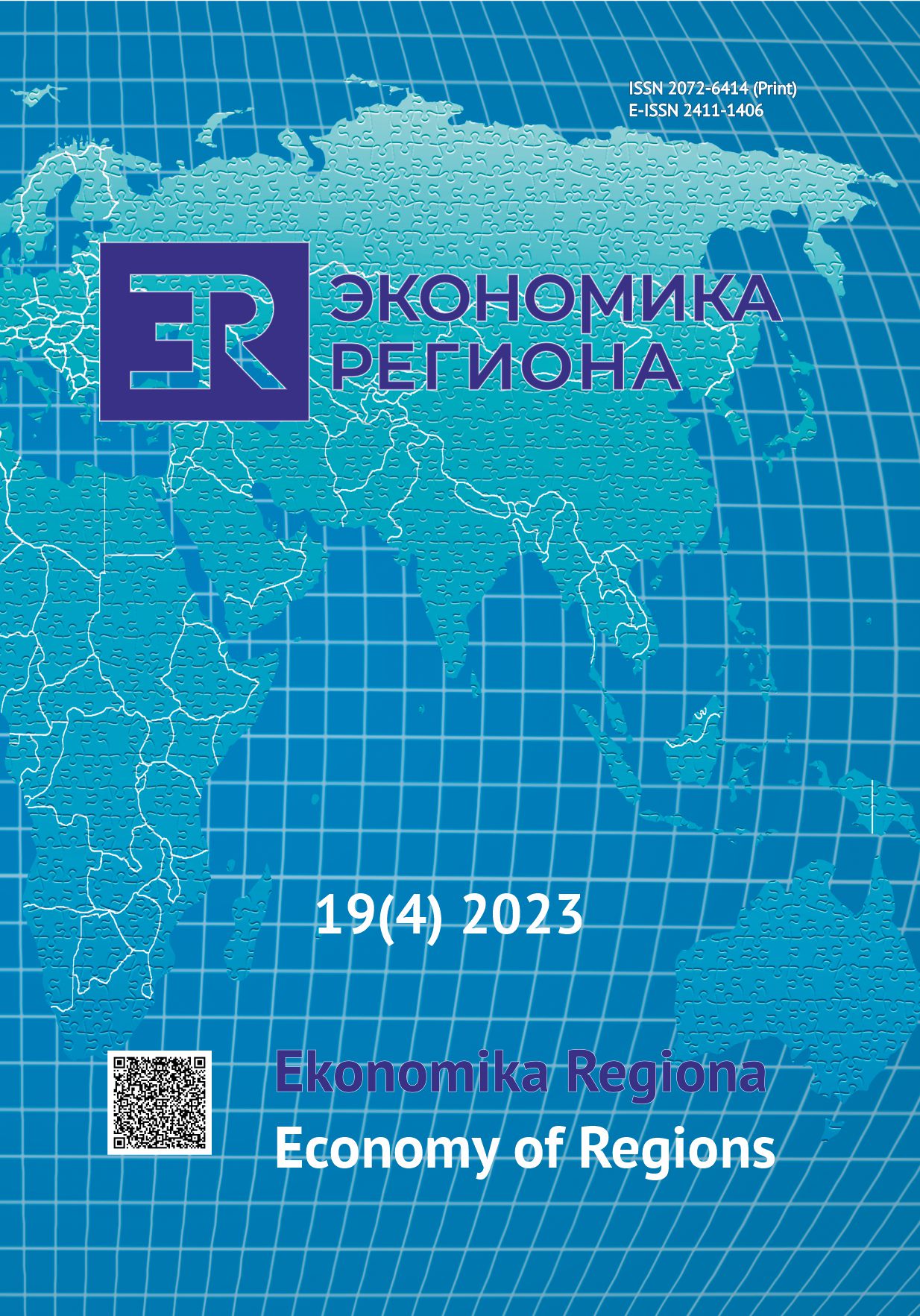Моделирование внешнеторговых потоков высокотехнологичной продукции макрорегиона в условиях роста торговых барьеров
Modelling High-Tech Trade Flows of a Macroregion Considering an Increase in Trade Barriers
Author(s): Alexander V. Martynenko, Yuliya Gennadyevna Myslyakova, Natalia Alexandrovna Matushkina, Svetlana Nikolayevna KotlyarovaSubject(s): Economy, International relations/trade
Published by: Институт экономики Уральского отделения Российской академии наук
Keywords: gravity model; macroregion; high-tech products; international trade flows; modelling of international trade flows; trade barriers; external restrictions; Ural Federal District;
Summary/Abstract: Current geopolitical situation requires improving a methodology for researching, planning and managing foreign economic activity of Russian regions. Imposed sanctions changed the development of Russian foreign trade, contributing to the transformation of foreign economic activity. The study aims to model high-tech trade flows of the Ural macroregion, considering trade barriers, as well as to determine new international trade boundaries and emerging high-tech trade flows. The Ural Federal District was selected for study due to its unique experience in the development of international trade and economic relations, especially in terms of Russian high-tech exports and imports. The gravity model of Anderson and van Wincoop was used to assess changes in trade with friendly and unfriendly countries. As the values of trade barriers and the structure of trade flows in the medium term were assumed stable, the traditional gravity model of Anderson and van Wincoop was modified to predict the redistribution of trade flows between Russia and friendly and unfriendly countries in conditions of increasing trade barriers with the latter. The modified gravity model was applied to predict changes in trade flows for different groups of high-tech products. A growth of trade barriers will cause an increase in trade flows between Russia and friendly countries and a decrease in trade with unfriendly countries. For any elasticity, as trade barriers increase, exports to unfriendly countries decline more than imports from them, and exports to friendly countries grow more slowly than imports. The resulting models and findings can be used by federal and regional authorities to improve spatial, scientific and technological development policies of Russia, as well as to adjust foreign economic strategies in regions of the Urals Federal District.
Journal: Экономика региона
- Issue Year: 19/2023
- Issue No: 4
- Page Range: 1018-1032
- Page Count: 15
- Language: Russian

